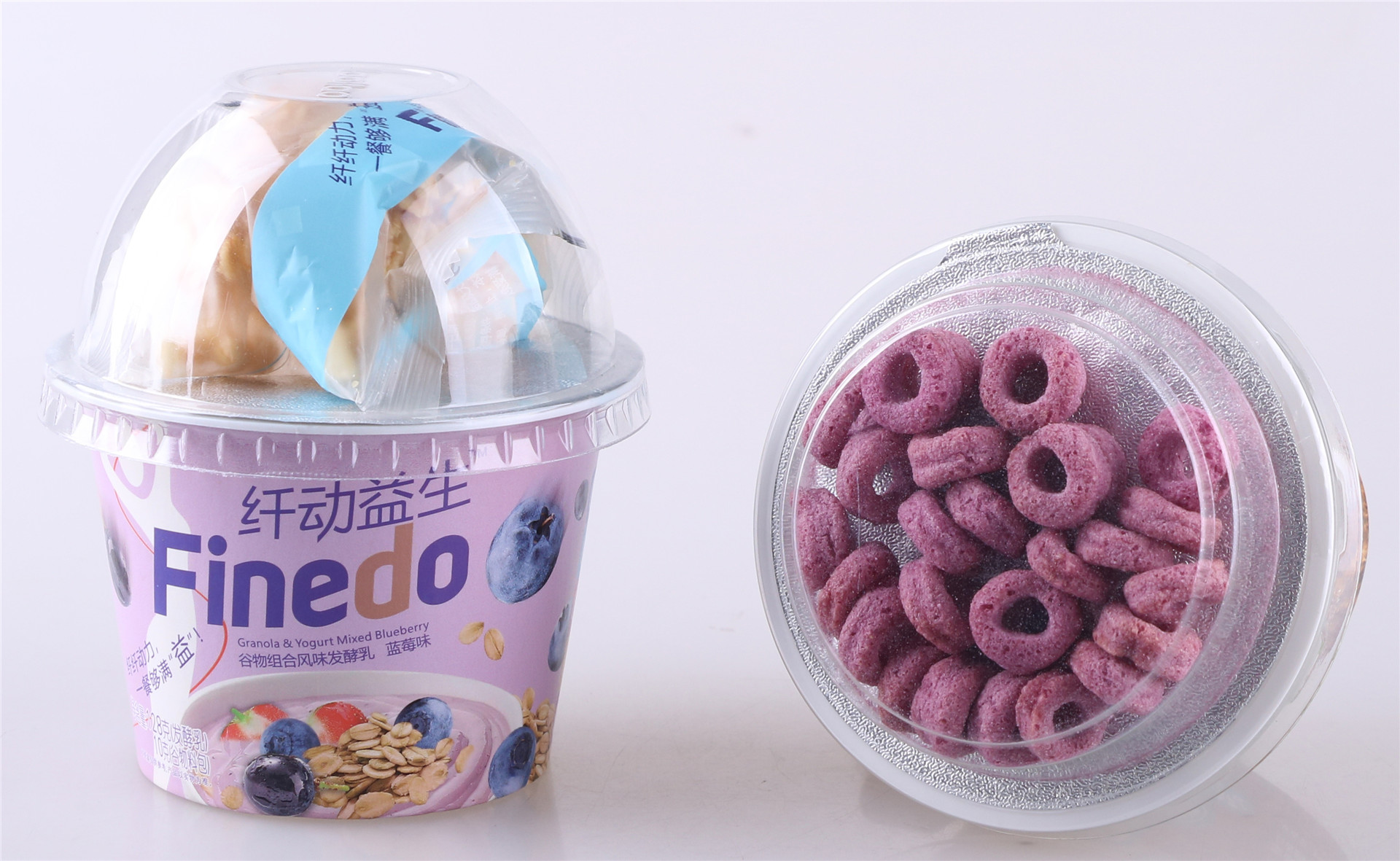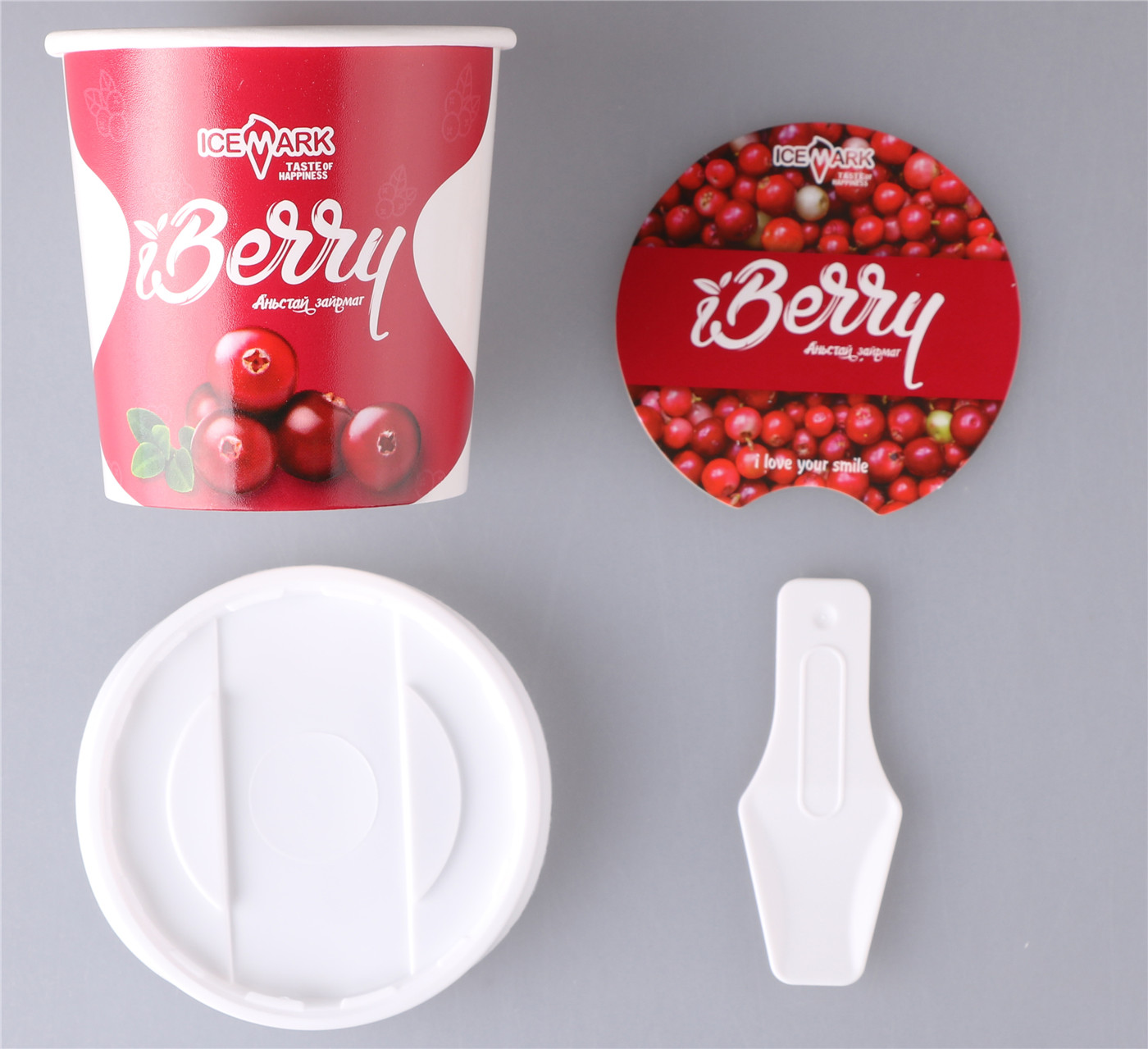It’s easy to forget about single-use cups the moment they leave our hands, but their slow decomposition can release microplastics and pollutants
N o matter how good your office’s coffee is, if you’re like millions of others, you’re probably popping out to a cafe at least once a week to treat yourself to a cup brewed by somebody else. Whether that’s a latte from Starbucks, a cold brew from Dunkin’ or a chai from the mom-and-pop shop around the corner, it’s probably coming served in a disposable cup – made out of paper, plastic or polystyrene foam (which many people refer to by the brand name Styrofoam), that you can toss in the sidewalk trash on your walk back to the office. It’s easy to forget about those single-use cups as soon as they leave our hands, but that’s not to say their environmental impacts stop there too. Ice Cream Cups Individual

Fortunately, more and more people are starting to pack a reusable insulated cup or mug alongside their water bottle – and more coffee shops are offering to pour beverages into the cups customers bring from home. This month, Starbucks announced that it was going full BYOC: bring your own cup. Although the company has allowed customers to bring their own cup for in-person orders since the 1980s, its move expanding BYOC to drive-through and app orders signaled companies’ and customers’ growing wariness of single-use, disposable coffee cups.
So what’s the environmental impact of a single disposable cup? Quite a lot, it turns out.
“The entire lifecycle of disposable cups, from raw material extraction to production and transportation, requires significant energy, contributing to environmental degradation,” Preetam Basu and Thanos Papadopoulos, professors at the Kent School of Business and co-authors of a 2022 report on coffee cup waste, said in an emailed statement. “The slow decomposition of disposable cups, especially those with plastic linings, can lead to the release of microplastics into the environment,” and on the off chance that your disposable cup winds up in waste bound for incineration, that process “can release pollutants into the air”.
The first disposable cup was actually made from paper. The Dixie Cup, popularized during the Spanish flu epidemic of 1918, was invented as a more sanitary way for people to drink from shared wells or water fountains. But coffee shops turned to polystyrene foam after it was invented in the 1960s because it helped beverages retain their heat longer.
Today, the US produces about 3m tons of polystyrene every year. And 80% of it ends up in the trash (including about 25bn cups each year). That translates to the material taking up about a third of landfill space. As garbage, polystyrene takes about 500 years to break down. Manufacturing a single Styrofoam cup leads to about 33g of CO2 emissions. That’s the equivalent of driving about a 10th of a mile – which doesn’t seem like much, but when you consider how much polystyrene the US produces each year that adds up to about 21m tons of CO2 – or about the same amount that 4.5m cars emit each year.
“Styrofoam cups are lightweight and inexpensive but are non-biodegradable and can persist in the environment for hundreds of years,” said Basu and Papadopoulos. “Improper disposal may result in litter that harms wildlife and ecosystems. Polystyrene foam can break into small pieces, leading to litter and posing a threat to wildlife that may ingest it.”
As it breaks down, polystyrene foam can also leach chemicals into the surrounding environment (the same is true when it’s full of coffee): polystyrene is made from the carcinogens benzene and styrene.
That’s led some cities and states, from Maine to Los Angeles, to ban polystyrene foam. Across the board, restaurants and stores are serving fewer and fewer hot beverages in polystyrene packaging (Dunkin’ was one of the last holdouts, but stopped using it in 2020).
Although it’s not as commonly used for serving hot beverages, a conversation about disposable cups would be remiss if it didn’t include plastic. From the red Solo cups omnipresent in college dorms to the clear cups your Boba tea or iced latte might come served in, plastic cups are widely used – and promptly tossed out – across the country.
Plastic cups are typically made out of one of two types of plastic: polypropylene (PP) or polyethylene terephthalate (PET). (Increasingly, some companies are turning to a third plastic: polylactic acid, a bioplastic made from sugarcane or corn starch that’s slightly more biodegradable.) Like polystyrene foam, traditional plastics break down incredibly slowly – first turning into super small micro and nanoplastics, which pollute our environment and bodies. Because it takes so long to break down, most of the 8.3bn metric tons of plastic ever created still exists. Depending on which type of plastic it’s made from and how it’s disposed of, the emissions from a single-use plastic cup ranges between 10g to 30g of CO2.
Plastics “do not biodegrade and can remain in the environment for hundreds of years, breaking down into microplastics that harm ecosystems and wildlife”, said Basu and Papadopoulos. Much of that plastic has ended up in the ocean (10m tons a year) and works its way into our bodies as microplastics shed from water bottles, plastic cups, and our food. Those plastics can leech carcinogenic and endocrine-disrupting chemicals into our bodies.
That’s in part why the EU and England have banned single-use plastic plates and cutlery – although the ban hasn’t yet expanded to include cups. Although the US has yet to pass any federal plastics bans, California is working to phase out single-use plastics. A state law passed in 2022 will require all packaging to be recyclable or compostable by 2032.
In the 1980s, the coffee industry pivoted hard from polystyrene foam cups to paper ones when Starbucks came on the scene. Instead of serving regular black coffee, Starbucks offered specialty coffee beverages – lattes, cappuccinos and the like. To preserve the foam on those drinks, Starbucks drinks needed a domed lid, which only fit on paper cups.
Although paper cups seem better for the environment, a 2023 study found that they can be just as toxic as plastic once they’re thrown out. That’s in part because paper cups aren’t just paper – if they were, all the hot water would leak right out.
“Paper cups are biodegradable and compostable under the right conditions, making them a relatively better choice. However, paper cups often have a plastic lining to prevent leakage, which can make recycling difficult,” said Basu and Papadopoulos. That plastic lining can take decades to break down, all the while leaching microplastics. But even without the plastic, decomposing paper is hard on the environment. “If not properly disposed of or recycled, paper cups can end up in landfills where they decompose anaerobically, generating methane, a potent greenhouse gas.”
The process of manufacturing paper cups isn’t great for the environment either – 6.5m trees are cut down every year to produce the 16bn paper cups we use each year. According to one study, a single paper cup (served with a paper sleeve), emits about 110g of CO2.
Company-led efforts to cut-back on single-use coffee cups – like those Starbucks and other chains are undertaking – are important, but not the only factor at hand in tackling the disposable cup crisis.
Rachel A Meidl, an energy and sustainability fellow at Rice University’s Baker Institute, cautions that a simple single-use plastics ban can’t contend with an entire system of consumption and waste. “A ban represents a singular solution that can be a shortsighted strategy for a society grappling with such an extensive and interconnected global waste problem,” she said.
Instead, she encourages consumers and policymakers to consider the full lifecycle of a product, from “cradle to grave,” and not just a single metric, like emissions, for example. “The best policies are those that encourage value retention by extending the life of products,” she said.
As consumers start to question the existence of single-use plastics, more stores are opting into using biodegradable cups. But Meidl cautions customers not to take every biodegradable cup at its word: “Some brands and manufacturers market their products as ‘biodegradable’ or ‘compostable’ when, in fact, there is no scientific basis for those claims.”

Drink Cup Whenever possible, reusable cups are still the way to go. Bringing your own thermos or using a shop’s ceramic mugs will cut back significantly on waste. That said, even reusable cups have climate impacts: they too have to be made, and additionally must be washed with hot water between uses. Reusable is still the way to go, but there’s no need to overload on dozens of mugs and thermoses. A reusable cup has to be used between 20 and 100 times to offset the emissions produced to make it – so the fewer cups in your cabinet, the quicker you’ll justify that coffee run.